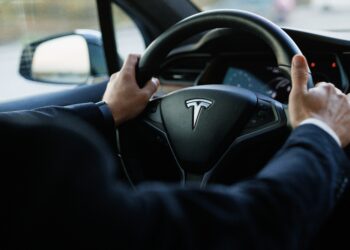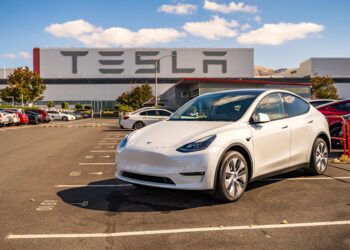PwC on preparing for tomorrow’s consumers today.
The COVID-19 pandemic has raged on for almost a year and continues to create significant challenges for a variety of business sectors. As countries around the world struggle with crushing multiple waves of infection, new lockdowns and slow vaccine distribution, changes in the way we work, live and shop have become embedded. The long-term effects might be most deep and lasting for consumer-facing companies, which are on the front lines in dealing with the upheaval.
At the beginning of the crisis, many industry trends accelerated as people rapidly adapted their behaviours to meet health and safety requirements. Consumers, many of whom had already embraced e-commerce, jumped onto the internet in even greater numbers, buying more groceries and other goods online and selecting from an array of outside-the-store fulfilment options, such as curbside pickup and home delivery. In one example of just how fundamental this shift has been, the share of e-commerce sales in the retail sector is expected to increase from 13.9% in 2019 to 22.4% by 2023, according to data from Statista. In the first six months of the COVID-19 crisis, it was also clear that a pre-pandemic movement towards more socially and environmentally conscious buying quickly gained steam, as many people increasingly considered not just their own health and wellbeing but that of society and the world at large.
Now, many months after consumers have settled into these and other behaviours, we are seeing the future of consumer markets more clearly. In this paper, we’ll outline the five trends that are already shaping tomorrow, and we’ll give you a plan for overcoming uncertainty and challenges in order to capitalise on opportunities.
The store of the future
The store as we know it will continue to evolve. An ongoing migration towards all things digital and the influence of modern retailing giants such as Amazon in the US and Alibaba in China will continue to force innovation in physical and digital retail spaces. Even strides made by companies in other sectors, such as Uber’s pioneering ease-of-payment model, have ramifications for the store experience because they instil in customers an expectation for digital solutions in all aspects of their consumption.
You’ll have to meet consumers where they are, whether through a website, on a smartphone, in a bricks-andmortar store, on Instagram or TikTok, or through thirdparty partners such as product subscription boxes and delivery services. Companies that can’t reimagine their in-store products and services in the digital realm will be left far behind.
As these changes accelerate, the demarcation line between retailers and manufacturers is growing fainter, and the direct-to-consumer (D2C) path is becoming more crowded. Parts of the consumer markets value chain are increasingly intertwined, and more than one player is courting the consumer. Manufacturers have long wanted to leapfrog their retail partners. With the help of now-ubiquitous digital tools, they will have more opportunities than ever to appeal directly to consumers— skipping over the physical and digital stores. Major players such as PepsiCo and Procter & Gamble are doing just that.
Digital discovery will reign, which will, of course, impact the physical store. The customer journey increasingly begins online, with robust product information and feedback from reviews and influencers. Store browsing is being complemented and even usurped by online browsing—especially in the era of COVID-19. And among online modes for discovery, it’s clear that mobile should be a priority. Shopping via mobile phone and smartphone continues to be the fastest-growing channel, according to our soon-to-be-published March 2021 consumer research. There’s no doubt that digital discovery will continue to grow; it only remains to be seen how much it will grow and how quickly.
Another trend affecting the future store is the increasing expectation among consumers for frictionless retail. As a retailer, you’ll have to create a transaction experience that’s as hassle-free as possible by making payments easier and offering omnichannel service, enabling technologies and contact-free delivery options. Amazon’s Just Walk Out contactless payment technology, now being sold to other vendors, is a great example, and many startups are competing with similar innovations. Retailers such as Carrefour are experimenting with facial recognition to ease payments, and the largest bank in Russia, Sberbank, has collaborated with supermarket chain Azbuka Vkusa to introduce biometric payment services in stores throughout the country. Nike’s ‘speed shopping’ option, in which shoppers reserve shoes online that they want to try on in store, is another example. When customers arrive at the store, the shoes are waiting for them in a locker and can be purchased via mobile payment, with no need to interact with a person.
Download the full report here.












